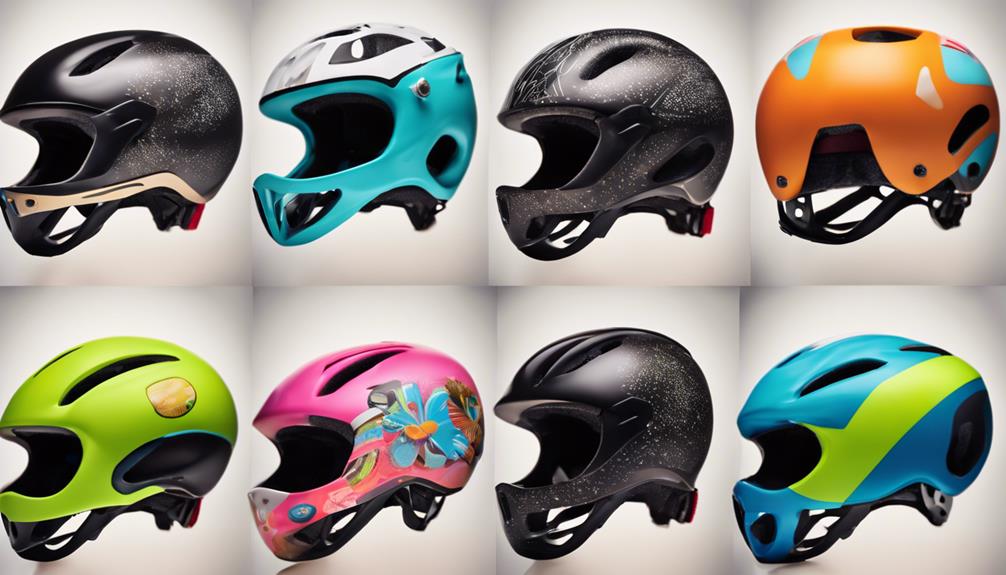Whether you’re a casual rider or a dedicated cyclist, having the right gear can make all the difference in your biking experience. One essential piece of equipment that often gets overlooked is the bike bag. These bags come in various styles and sizes, designed to meet the needs of different riders and their specific activities. In this article, we will explore the different types of bike bags, their features, and how to choose the best one for your cycling adventures.
Understanding the Types of Bike Bags
Bike bags are not one-size-fits-all; they come in a variety of types, each suited for different purposes. Below are the main categories of bike bags you might consider:
- Panniers: These bags attach to either side of your bike rack and are ideal for carrying heavier loads. Perfect for touring, commuting, or grocery shopping.
- Frame Bags: Designed to fit within the triangle of your bike frame, these bags are great for carrying tools, snacks, and small items without interrupting aerodynamics.
- Saddle Bags: Attaching directly under your saddle, these small bags are typically used for carrying spare tubes, tools, and other essentials.
- Handlebar Bags: These bags mount to your handlebars and are perfect for quick access items like maps, smartphones, or snacks.
- Backpacks: While not bike-specific, a good cycling backpack can be an excellent option for carrying larger loads or for off-bike activities.
Key Features to Consider
When choosing a bike bag, it’s essential to consider several key features that can enhance your riding experience. Here are some important features to look for:
- Capacity: Evaluate how much storage you need based on your riding style. A commuter might require a different capacity than a long-distance cyclist.
- Water Resistance: If you ride in wet conditions, opt for waterproof or water-resistant materials to keep your belongings dry.
- Ease of Attachment: Look for bags that easily attach and detach from your bike to streamline your loading and unloading process.
- Weight: Lightweight materials can reduce the overall weight of your bike setup, which is especially important for performance-oriented cyclists.
- Pockets and Organization: Multiple compartments can help keep your items organized, making it easier to find what you need on the go.
Popular Brands and Models
With numerous brands and models on the market, it can be challenging to find the right bike bag. Here are some popular options that have garnered positive reviews from cyclists:
- Ortlieb Back-Roller Classic: Known for their durability and waterproof design, these panniers are perfect for long-distance touring.
- Revelate Designs Tangle Frame Bag: This frame bag is not only lightweight but also offers excellent storage for tools and snacks without compromising bike handling.
- Topeak Aero Wedge Saddle Bag: A compact saddle bag that fits snugly under the seat, ideal for carrying spare tubes and tools.
- Banjo Brothers Handlebar Bag: Offers easy access to essentials and features a waterproof design, making it perfect for daily commuting.
- Osprey Radial Cycling Backpack: A versatile backpack that offers ample storage, hydration options, and comfort for long rides.
Case Studies: Real-Life Applications of Bike Bags
To understand the practical applications of bike bags, let’s take a look at a couple of case studies:
Case Study 1: Commuting with Panniers
Sarah, a daily commuter who rides to work in an urban setting, relies on a pair of Ortlieb Back-Roller panniers. She carries her laptop, lunch, and a change of clothes. The waterproof feature has saved her from soggy electronics during unexpected rain showers. By using panniers, she has effectively distributed weight between her bike’s wheels, making her commute safer and more comfortable.
Case Study 2: Long-Distance Touring
Mark and his friends set out on a week-long cycling tour across the countryside. Each cyclist used a different brand of bike bags, including frame bags and handlebar bags. Mark’s choice of a Revelate Designs frame bag allowed him to carry essential tools and snacks for easy access while riding. His friends had to stop frequently to dig through their larger bags for items, demonstrating how proper organization can enhance the touring experience.
Statistics: The Growing Popularity of Cycling
According to a report by the Adventure Cycling Association, cycling has seen a significant increase in popularity in recent years:
- The number of people cycling regularly has increased by 20% over the past decade.
- Over 50% of cyclists use their bikes for commuting, highlighting the need for practical bike bags.
- Approximately 35% of cyclists engage in touring activities, where the right bike bag becomes essential for carrying gear.
How to Maintain Your Bike Bags
To prolong the life of your bike bags, regular maintenance is essential. Here are some tips:
- Clean Regularly: Dirt and grime can wear down materials over time. Clean your bags according to the manufacturer’s instructions.
- Check for Wear and Tear: Regularly inspect your bags for any signs of damage and repair them promptly to avoid further issues.
- Store Properly: When not in use, store your bags in a cool, dry place to prevent mildew and other damage.
Conclusion: Choosing the Right Bike Bag for Your Needs
Bike bags are an essential accessory for cyclists of all types, providing the convenience and organization needed for various activities, from commuting to touring. By understanding the different types of bike bags, their key features, and the brands available, you can make an informed decision that enhances your cycling experience. Whether you opt for a pannier, frame bag, or saddle bag, ensuring that it meets your specific needs will lead to more enjoyable rides.
In summary, the right bike bag can transform the way you cycle, making it easier to carry your essentials while maintaining comfort and safety on the road. With the growing popularity of cycling, investing in a high-quality bike bag is a decision you won’t regret.
